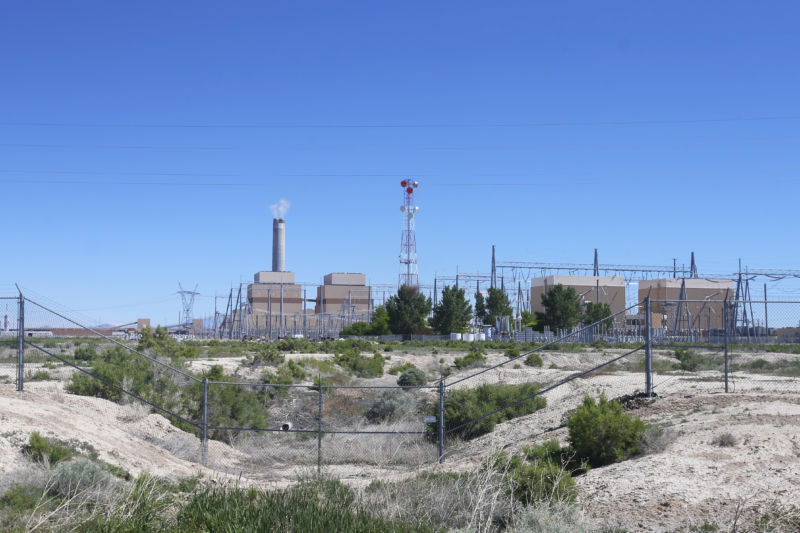
George Frey/Bloomberg via Getty Images
This week, Mitsubishi Hitachi Power Systems (MHPS) announced that it planned to build the world’s first one-gigawatt (GW) energy storage network. The Mitsubishi and Hitachi joint-venture said the storage network would incorporate several different kinds of energy storage, including renewable hydrogen, Compressed Air Energy Storage, flow batteries, and solid oxide fuel cells.
MHPS has only said that it will be able to deliver 1 GW of power, but it did not specify how the project will be rated in terms of gigawatt-hours.
The project appears to center around an advanced natural gas turbine that will be able to burn renewable hydrogen as well. “MHPS has developed gas turbine technology that enables a mixture of renewable hydrogen and natural gas to produce power with even lower carbon emissions,” a press release from the joint venture states. That gas turbine technology will eventually be upgraded, “to use 100 percent renewable hydrogen as a fuel source, which will allow gas turbines to produce electricity with zero carbon emissions.”
A project to enrich natural gas with renewably-created hydrogen gas is already in the works in Austria. That project, however, does not appear to have the goal of eventually running on 100 percent hydrogen gas. In Germany, a similar project aims to burn methane derived from hydrogen gas, although that project requires the extra step of methanation.
Another part of the project will include Compressed Air Energy Storage (CAES) in salt caverns near the Intermountain Power Project, where a coal-fired power plant that’s slated to close in 2025 currently operates. CAES projects are relatively rare: there is only one commercial facility operating in the US at the moment. The idea is that CAES takes power from the grid when energy prices are low and uses that power to compress air and store it underground. Then, when electricity prices are high, the compressed air can be heated and expanded to drive a turbine that would put electricity back onto the grid.
Theoretically, CAES systems and renewable hydrogen systems can help add more wind and solar to the grid because they defer the use of variable energy. If wind is high at night when there’s not a lot of demand for electricity, that excess power can be used to run water hydrolysis systems (which split hydrogen from water molecules) or it can be used to compress air or charge other kinds of batteries.
MHPS says it will initially develop enough storage to serve 150,000 homes for a year. “Over the coming weeks and months, additional strategic and financial partners will be invited to participate,” a press release states.
One of the biggest concerns for both renewable hydrogen and CAES systems is cost. While all storage technologies are currently costly, grid-scale lithium-ion batteries have been seen as the most promising avenue for massive storage projects. However, working with existing, naturally-occurring salt caverns to build a CAES facility near the Intermountain Power Project will certainly help that side of the storage facility get up and running.
Không có nhận xét nào:
Đăng nhận xét